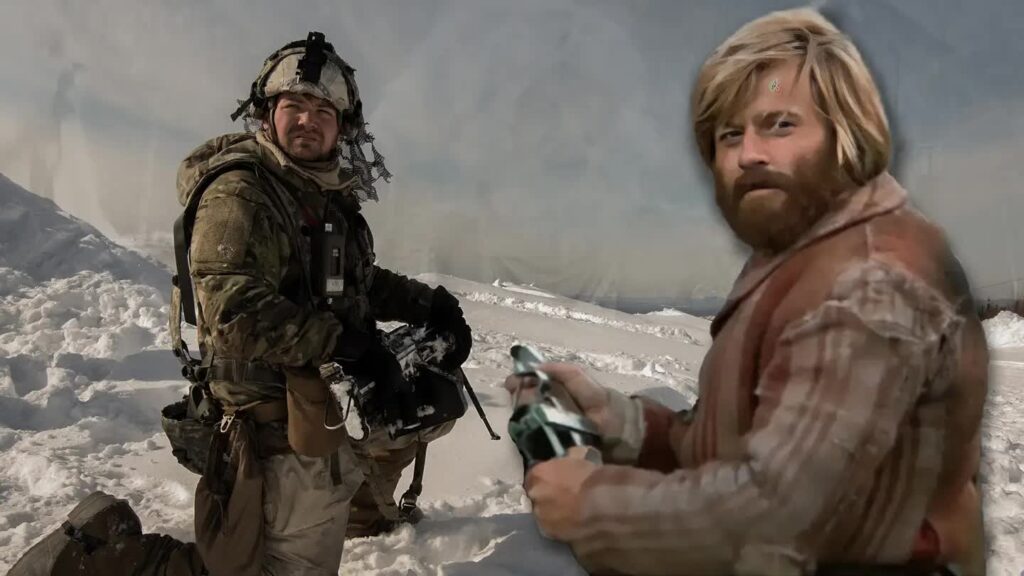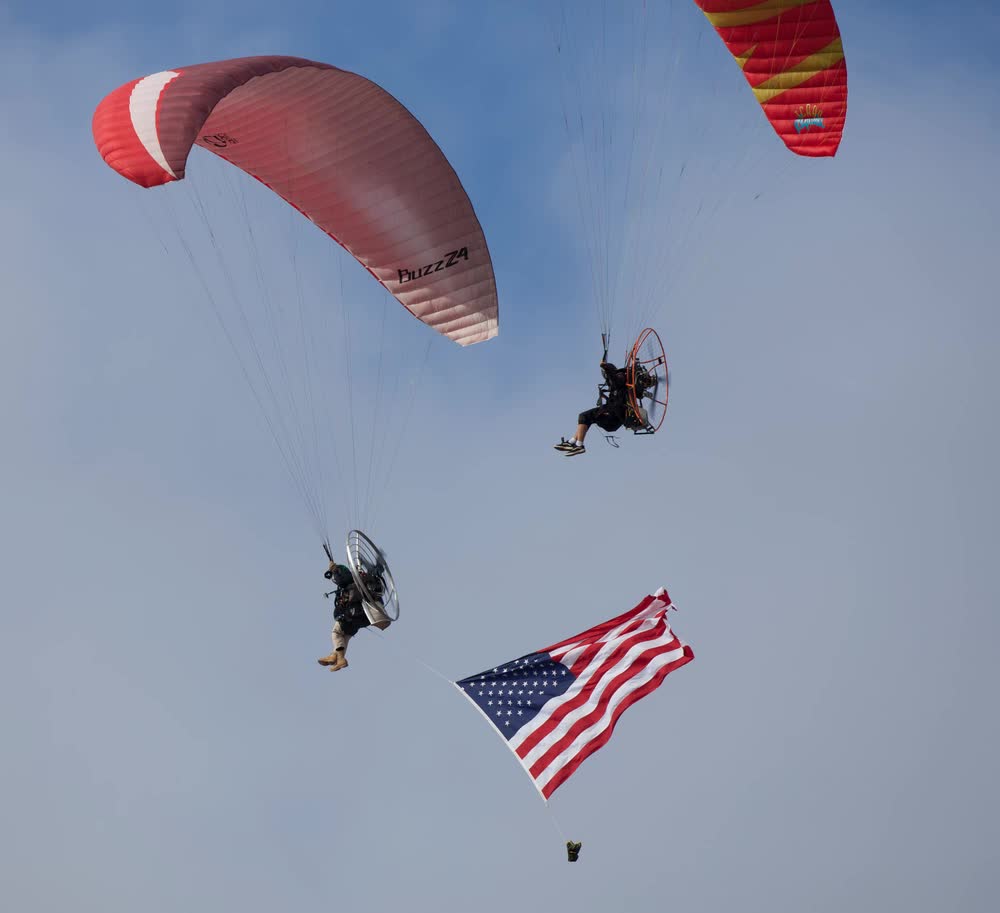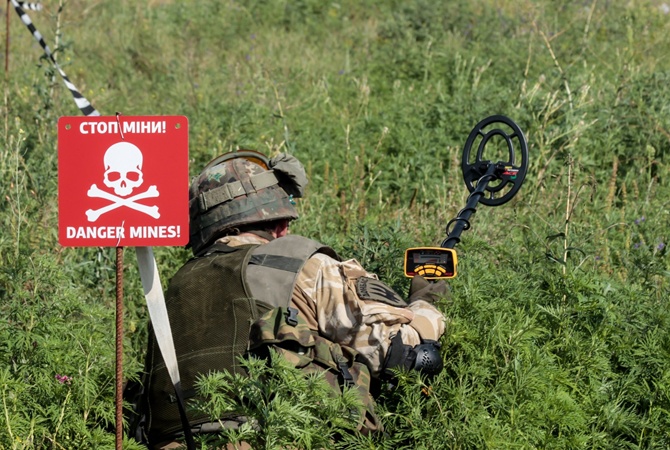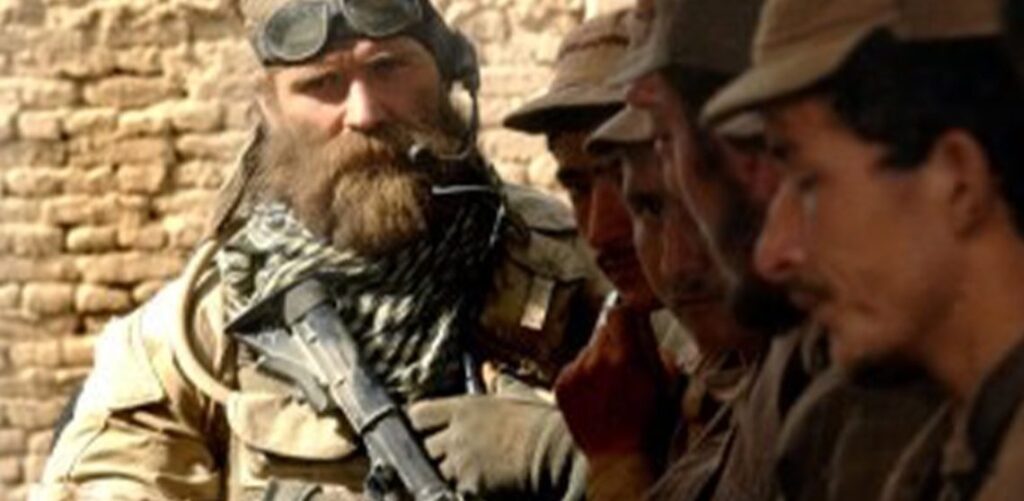Soldiers may not have to shave when they’re deployed in the Arctic, the Army’s commanding general for the Alaska-based 11th Airborne Division said Monday.
The comments came from Maj. Gen. Brian Eifler, the commander of the Alaska-based 11th Airborne, who discussed lessons learned from a recent large exercise the division participated in at the Joint Pacific Multinational Readiness Center’s Alaska facilities in late February.
“A lot of our guys had a long, unclean, shaven face. It’s just one of those things you got to do in the environment to limit your exposure to cold weather injuries,” Eifler said. Shaving, he said, requires a fuel source to boil water in extreme cold and removes natural oils that protect exposed skin at low temperatures. Arctic troops had found, he said, that it’s “very bad to pull that layer of skin off.”
The exercise at the Joint Multinational Readiness Center, or JPMRC, was a major step forward in the Army’s push to review service doctrines for Arctic strategy, operating in cold weather environments and general training in cold conditions.
“What works for say, something that’s more like zero to 10 degrees or 10 to 23 is going to be very, very different – maybe not as effective or effective at all here. When you start talking negative-10 to negative-20 plus, you’re talking about wind chills, and things like that,” 11th Airborne Division spokesperson Maj. Leah Ganoni told Task & Purpose.
The exercise was also part of what the Department of Defense believes is a deterrence to larger-scale conflict and aimed to improve the U.S. military posture for strategic competition with Russia in the Arctic. The National Defense Strategy has called out the strategic importance of the Arctic both politically and economically as a hub of maritime trade and natural resources.
In January, the Army’s lead general for Army Pacific Command, Gen. Charles Flynn described the need for “arctic-capable” forces in the Indo-Pacific region.
“We’re just doing things in plain sight quite honestly because as Gen. Flynn likes to say, we don’t want war,” Eifler said. “The advent of the 11th Airborne Division in the Indo-Pacific and in the Arctic is another message to our potential adversaries of: we’re taking this seriously.”
Related: Why the military has an office dedicated to tracking the world’s biggest blocks of ice
Problems with technology
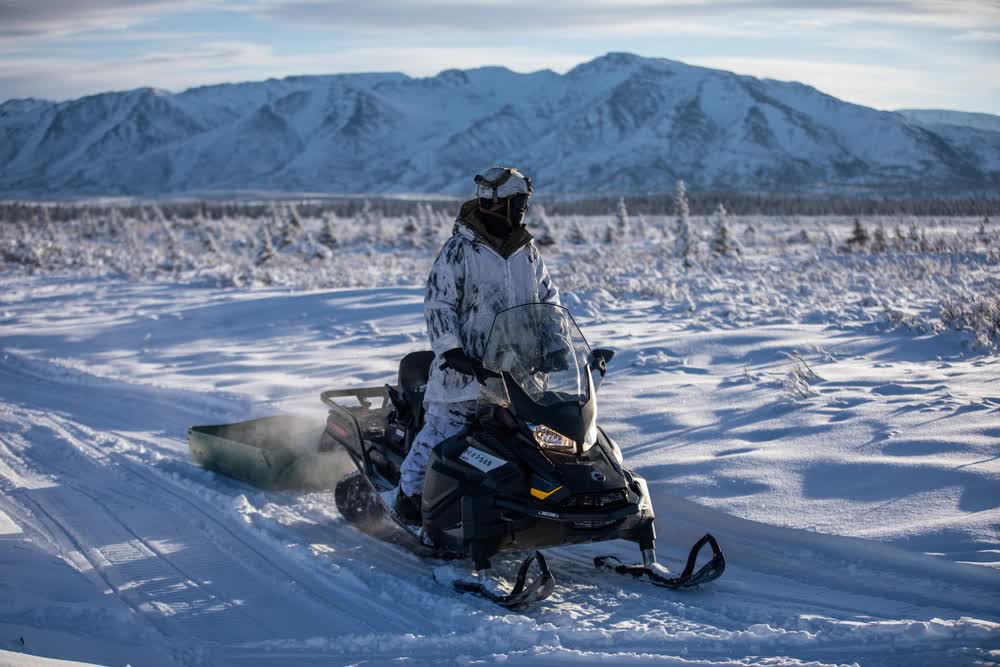
Eifler highlighted the challenges of operating in sub-zero temperatures and acclimating to the Arctic climate. The exercise involved troops carrying ice blocks to melt into water for drinking and soldiers delivering messages between units via snowmobile due to degraded communication technologies.
“They literally sent people out on either snow machine or [cold-weather All-terrain vehicle] to go to their lower battalions to get information out. It’s not unlike what we’re seeing in Ukraine,” Efler said, with soldiers using both modern technology and equipment from decades ago. “You’ve got information warfare, but you almost go all the way to the other end of the spectrum of industrial warfare still happening.”
As the military incorporates more 21st-century technology, Eifler said digital tech functions differently – and sometimes not at all – in cold weather. Difficulties with touch screens, digital keyboards, or batteries are a reminder that the Army needs to keep its manual or mechanical capabilities to “be ready for full spectrum,” he said.
The exercise included nearly 40 experiments and tests on new equipment and technology that the Army is testing and validating for troops including the military-grade version of Starlink, munition-armed drones, snowmobiles, tents, skis, and a casualty evacuation sled.
“As you can imagine, treating casualties and moving them in the Arctic becomes a whole different scenario,” Ganoni said. “You can’t just treat a guy on the ground, rip open his uniform, and train for a casualty because then you’re exposing his skin.”
Eifler said that the 11th Airborne is “looking forward” to testing the autonomous systems and other technology because of the need to validate it in harsh environments. Even with less sophisticated tech like the Next Generation Squad Weapon, they found that “some of the parts retain the cold so much that you can get frostbite from touching the weapon.”
Related: Cold-weather adventures in the US Army
Largest Alaska air assault
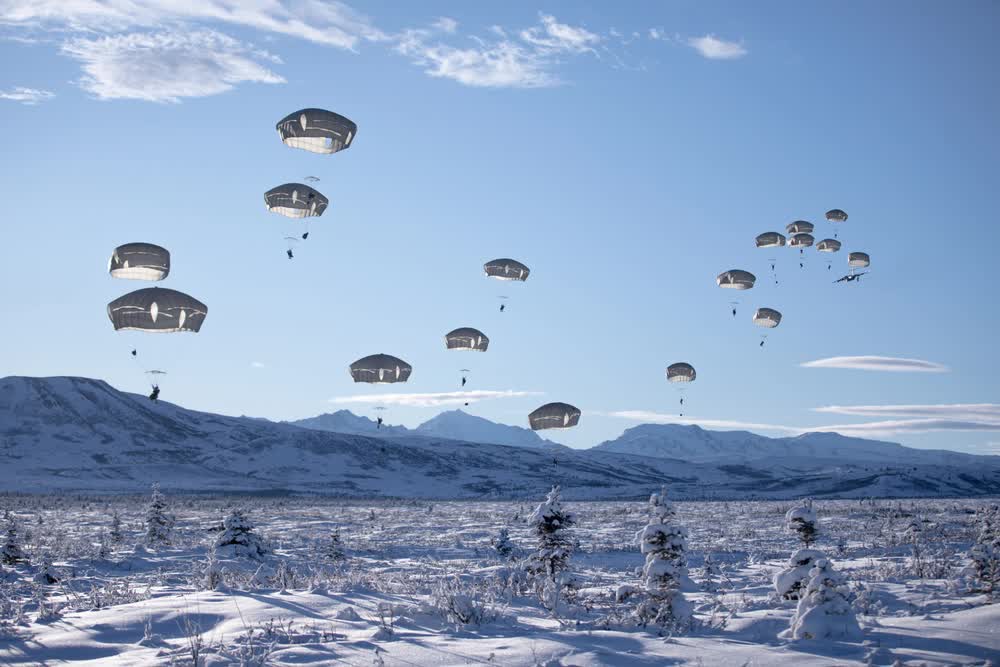
One of the JPMRC operations included the 11th Airborne’s largest air assault in Alaska to date. During the simulation, which included soldiers playing the role of both U.S. forces and an enemy force, the enemy had significant air defense capabilities and the U.S. did not have air superiority.
The American units, flying Apache attack helicopters, had to find operational windows and “duck and weave” to carry out attacks deep behind enemy lines while avoiding air defense emitters, counter-drone capabilities, and electronic warfare tools.
“In this battlefield, it’s very hard to be camouflaged like we used to,” Eifler said. “In some spectrum, you’re observed – whether it’s electronic, whether it’s physical, informational or whatever across the cyberspace in communications you really can be observed.”
Compared to previous years, this exercise had more troops, with nearly 8,000 to 9,000, and covered a vast swatch of Alaskan wilderness that Eifler described as “from Louisiana to Detroit.” The exercise also included multi-battalion airborne drops, deep attacks of over 100 miles, and an 80-mile air assault with about 15 aircraft.
U.S. airmen and Marines also participated in the February exercise alongside units from Mongolia, South Korea, and Canada. The 11th Airborne is doing 18 multinational exercises this year which Eifler said is more than any other unit in the Army.
This article by Patty Nieberg was originally published by Task & Purpose.
Read more from Sandboxx News
- Ukraine trolls Russia and pro-Putin Limp Bizkit frontman at the same time
- Ukrainian pilots are training to fly F-16s. Here’s what we know
- Visiting the impressive National Infantry Museum
- Stuxnet unleashed: The tactics behind the world’s first cyberweapon
- The F-35 hits more milestones but a software issue threatens the jet’s upcoming upgrade
